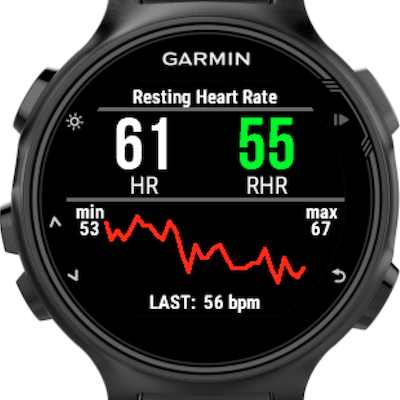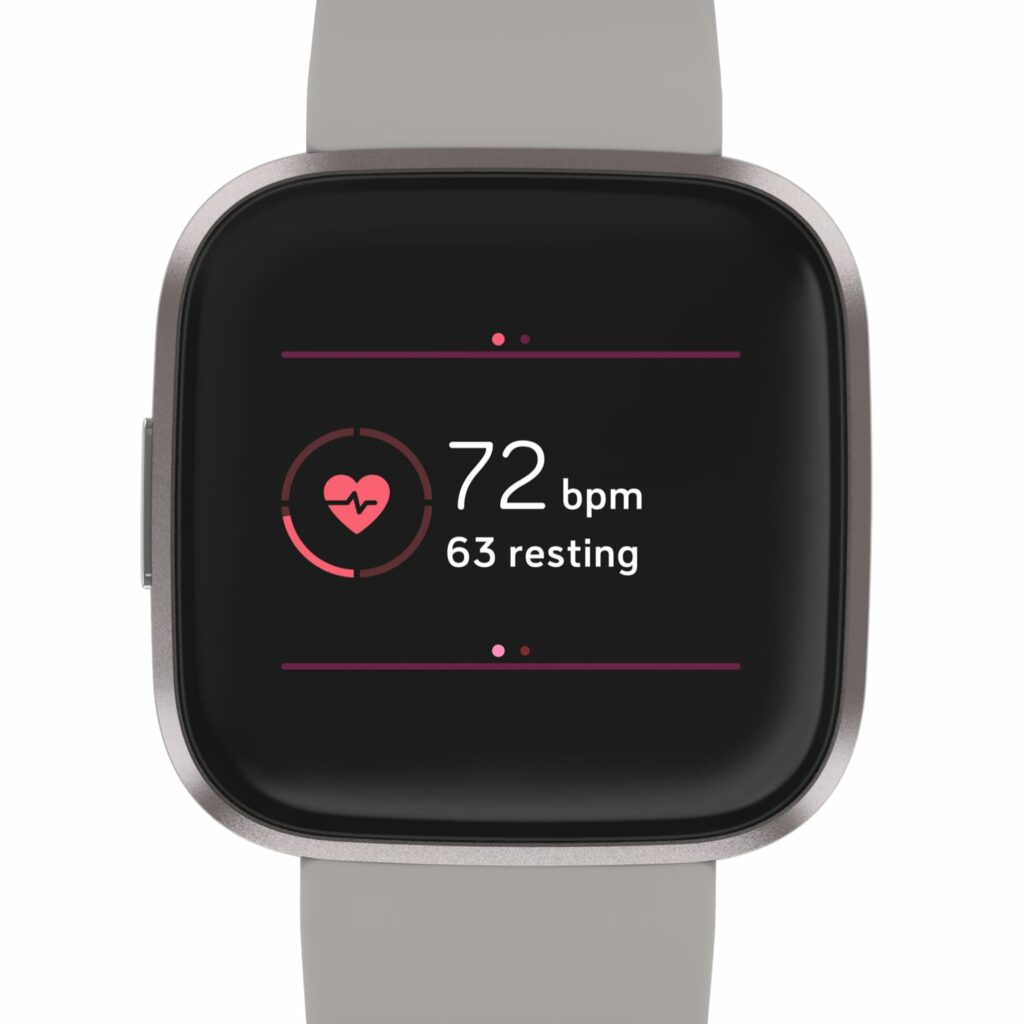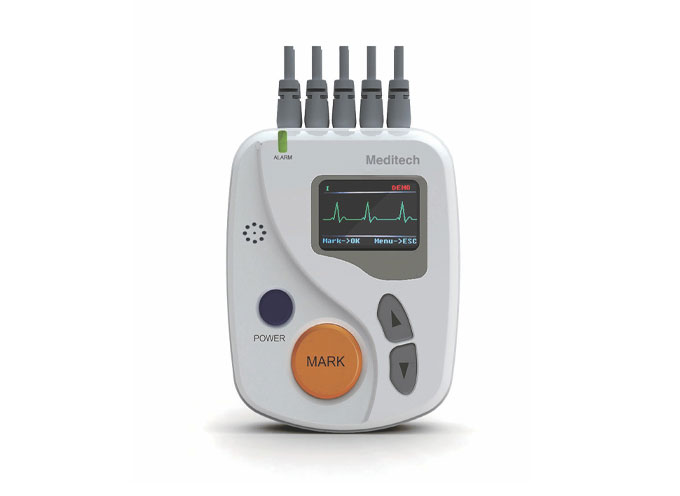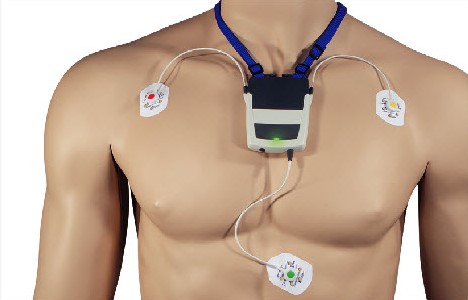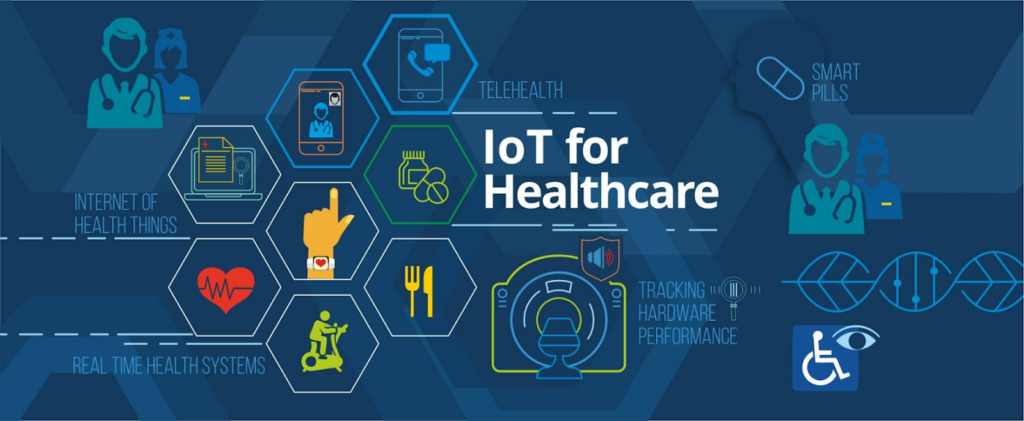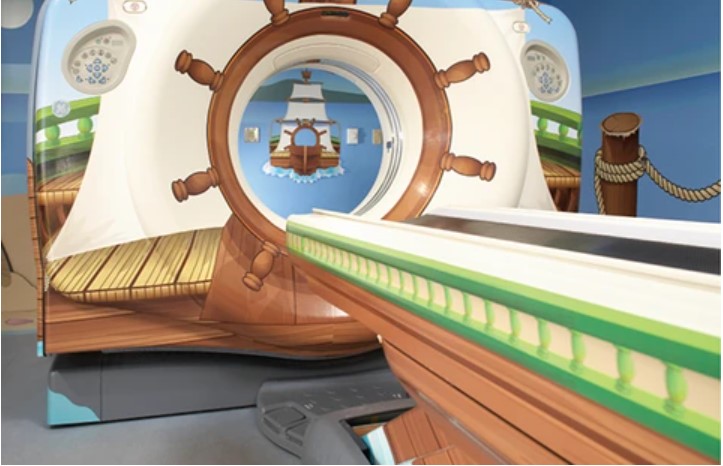Technology as bridge between health professionals and patients.
Author: Julia Neunteufel
University: Paris Lodron Universität Slazburg
_______________________________________________________________________________________
Level of design
The design is a bit basic and poor. It looks like a very technological and scientific thesis but the author didn’t take the opportunity to play with design options. Once said that the overall structure of the content is very clear and clean, which makes the thesis perfectly readable and manageable.
Degree of innovation
The thesis seems to dig very deep into innovative procedures related to a human-centered approach to treating the topic of eHealth and mHealth. She mentions also design thinking processes that aren’t usually connected to the eHealth topics when approached by the scientific community. I think she really tries to link the coldest side of medical and technological topics and human psychology. Therefore I think this work might not be innovative when choosing the processes to go through but it is innovative in the way she connects human behaviour and emotions to a very well-known scientific topic.
Independence
The author uses many resources which help her by providing valuable information but she is the only one involved in the development of the master thesis. – Of course, supervised by her tutor. I think she makes a very good design process on her own, using different tools to reach her final goal.
Outline and structure
As I already mentioned in the design section, the master’s thesis is an extensive work structured in different parts in a clean and clear way. It is very easy to find specific parts or chapters thanks to its good organization in the index and she structures it in a very organic way according to the design process, helping the reader from the beginning to create a complete idea of what a research paper like this one entails.
Degree of communication
The author offers clear and fluent communication throughout the entire work. In some parts where the use of more technical words is required, she manages to make the content equally understandable and accessible to the reader, without avoiding the use of appropriate terminology.
In other sections, she uses a much more concise and shorter style, in a more schematic format, but which also helps to understand other types of material and always in an organic way. I think he knows how to adapt his writing style very well to the context he is developing at the time, and he manages to make this subject, which at times may not be very attractive, seem accessible and interesting to many types of audiences.
Scope of the work
The work focuses on how technology can serve as a link between patients and medical professionals. Under this title, she focuses on topics related to human behavior, technological tools commonly used in medical practices (focusing especially on cardiology), eHealth, and mHealth, as cutting-edge examples of technology designed already taking into account the human-centered approach.
Orthography and accuracy
She writes the work in English. As far as I’ve read, I haven’t found any major spelling mistakes. It is obvious that English it’s not her mother tongue because the vocabulary she uses tends to be simpler than other papers or works from authors whose mother tongue is English. It’s still very well written and there is also usage of specific terminology, giving the text a scientific accuracy about the topics she is dealing with.
Literature
She uses many references both from books and scientific papers on the various topics she deals with, as well as from web pages where statistics from previous medical and psychological studies over the years can be found, medical and psychology journals, and articles related to human-centered design and the development of the user experience in the medical field.

